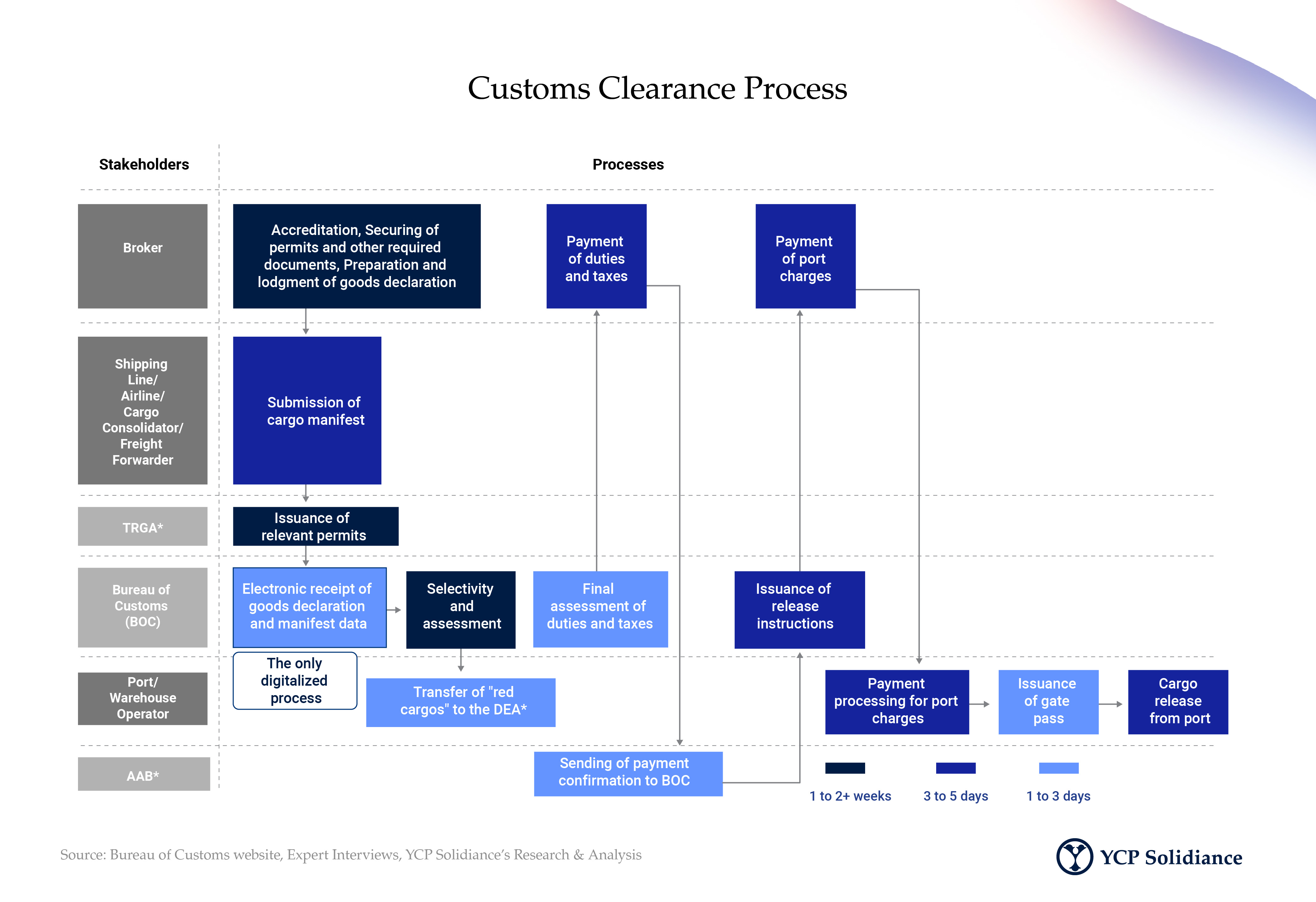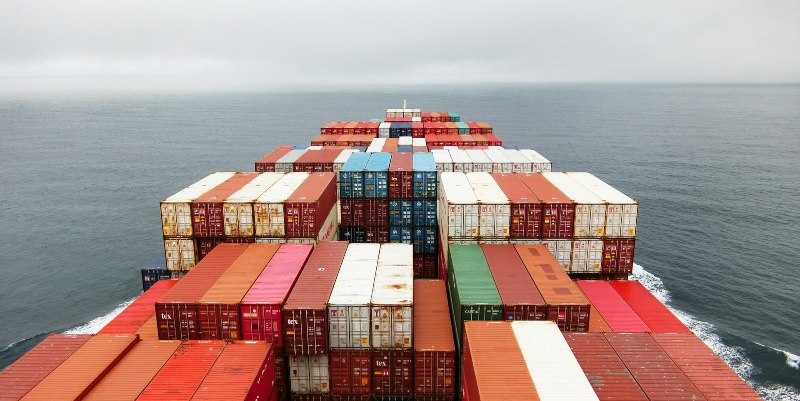The Philippine logistics industry is seeing considerable returns despite the effects of the global COVID-19 pandemic, making up 70% of the country’s economic growth from 2020 to 2021. The industry is expected to be valued at one trillion PHP by the end of 2024, bolstered by increased demand from other industries such as retail and F&B.
While increased digitalization has made logistics an attractive industry for investors and new start-up players, the complex nature of Philippine logistics shows that there is much more room to grow in the supply chain. The country’s dependence on port logistics to transport goods and services shows large gaps in operational efficiency and accuracy that can be easily addressed by digital transformation—and slowly but surely, players within the more traditional areas of the industry are seeing its benefits.
The Port Logistics Supply Chain
According to the YCP Solidiance white paper Digitalization in the Philippine Logistics Industry, inefficiencies in the country’s logistics supply chain come from the highly bureaucratic processes used in major ports and warehouses, which rely mostly on limited manpower to secure permits and certificates.
A good example is the complex documentation needed for imported goods to enter the Philippines, with the issuance of clearance permits and certificates reliant on a web of various stakeholders:

The more analog-oriented steps of the complicated clearance process make it difficult for cargo to enter the country efficiently. The type of cargo also means another set of clearances—for example, household appliances would need further approval from the Philippine National Police, which adds another layer to the complex process.
Larger ports in the country’s more urban areas are already seeing the benefits of utilizing digital transformation to help fill in the gaps. In May 2022, International Container Terminal Services, Inc. (ICTSI), which has its largest port in the capital city of Manila, announced its further investment into information technology (IT) upgrades for its flagship port services.
In an article in Business World, ICTSI representatives emphasized their commitment to safeguarding shipments and prioritizing efficiency, including rolling out online payment services and a “Track & Trace” service to help customers find their shipments across the multiple ICTSI terminals.
Path to Digitalizing the Port Logistics Industry
While there has been progress in digitalizing the logistics industry, especially in the areas of e-commerce logistics, there is still space for players to take advantage of profitable opportunities in the areas of port logistics and operational efficiency.
YCP Solidiance recommends the following pathway for companies wanting to pursue digital transformation, but struggle with the myriad of options available:
For Companies with Available Capital
- Procure: Hire digitalization experts and purchase the necessary software and hardware recommended.
- Partner: Acquire logistics capabilities through investment, purchase, or partnerships with companies that have the ability to, or have already digitalized processes
For Companies with No Available Capital
- Participate: Avail of the services of a digitalized company or platform and integrate these processes into company operations
While the road to fully digitalizing the Philippines’ port logistics industry will be a long and complex one, starting with small steps to fully integrate digital technology services will be crucial in helping make the industry more efficient to keep up with the changing times.
For more reports like this one on specialized industries in Southeast Asia, subscribe to YCP Solidiance’s newsletter here.
Other reports on the Philippines’ logistics industry are also available for your download:







